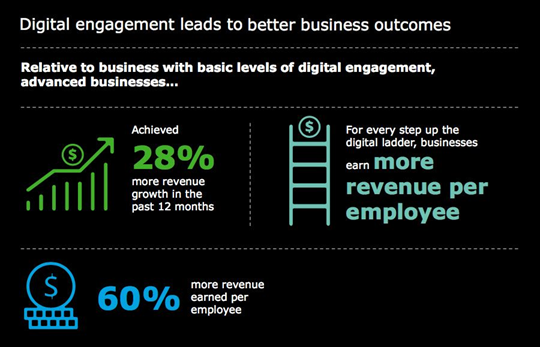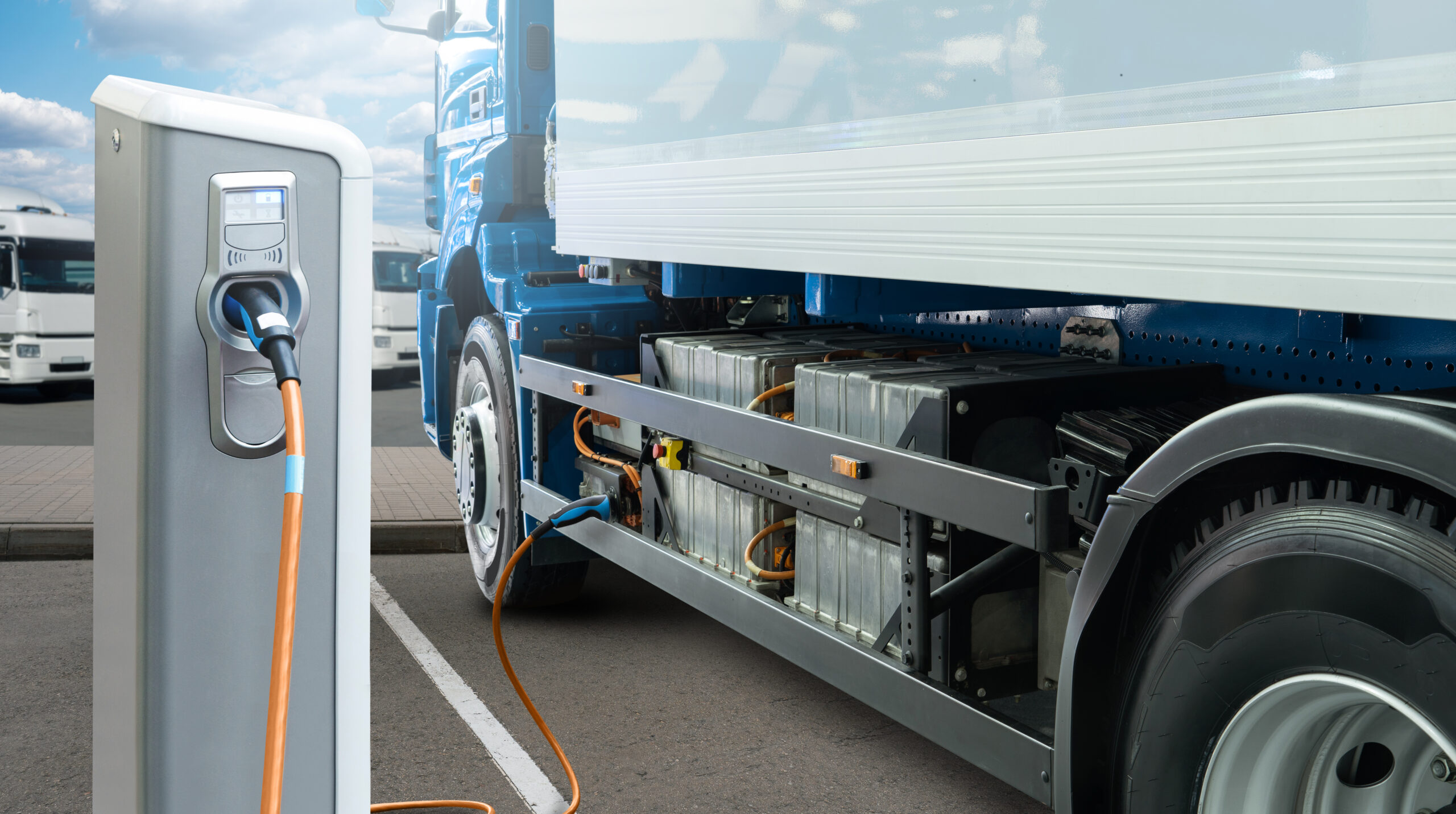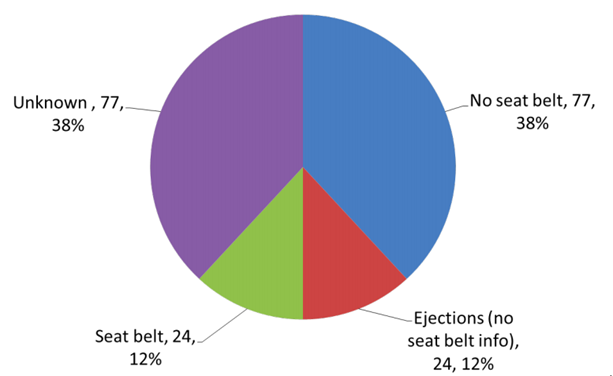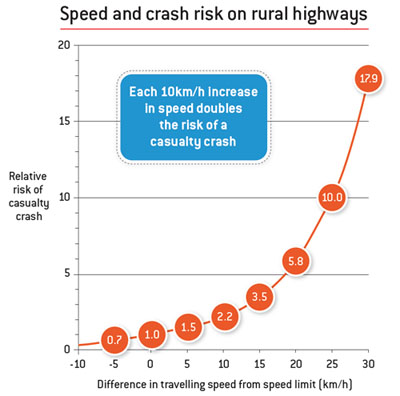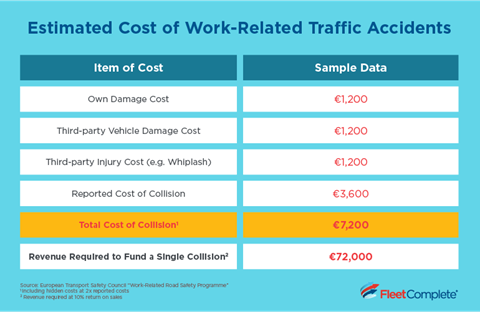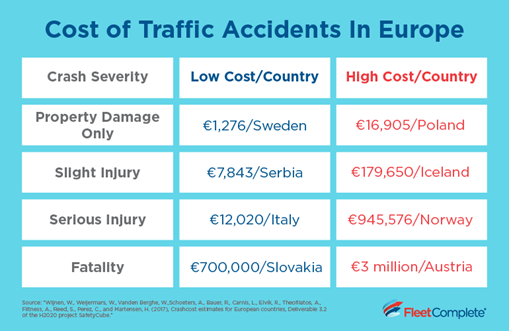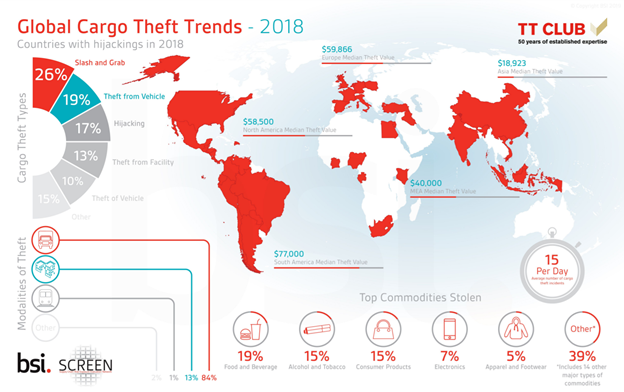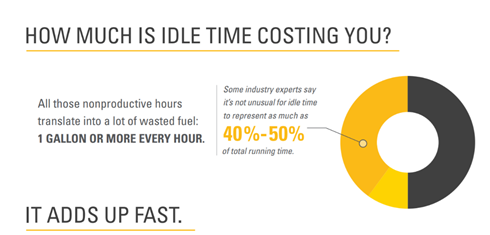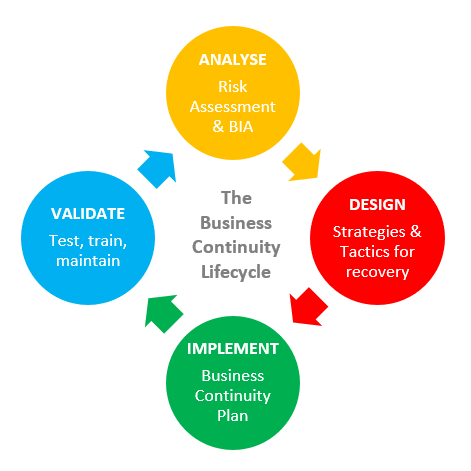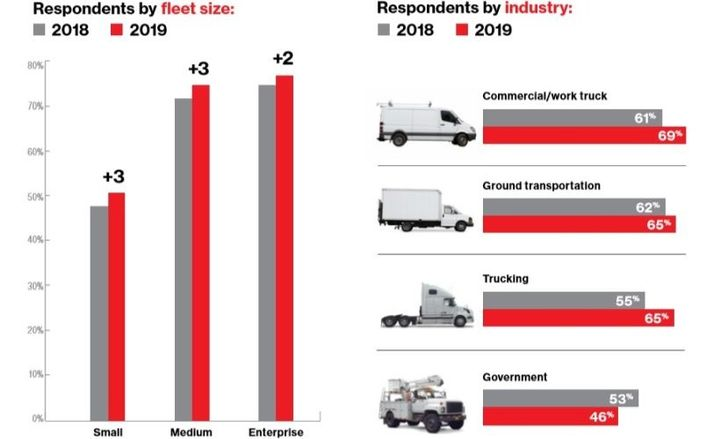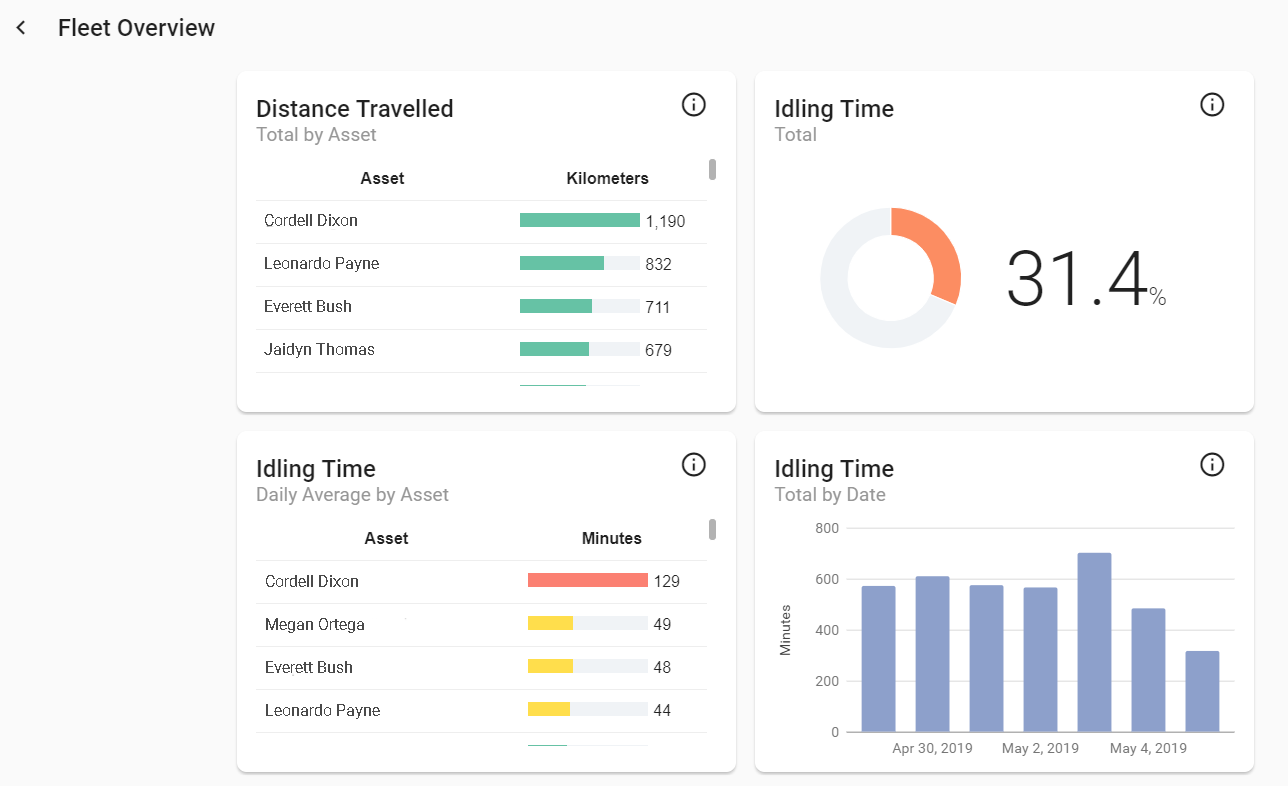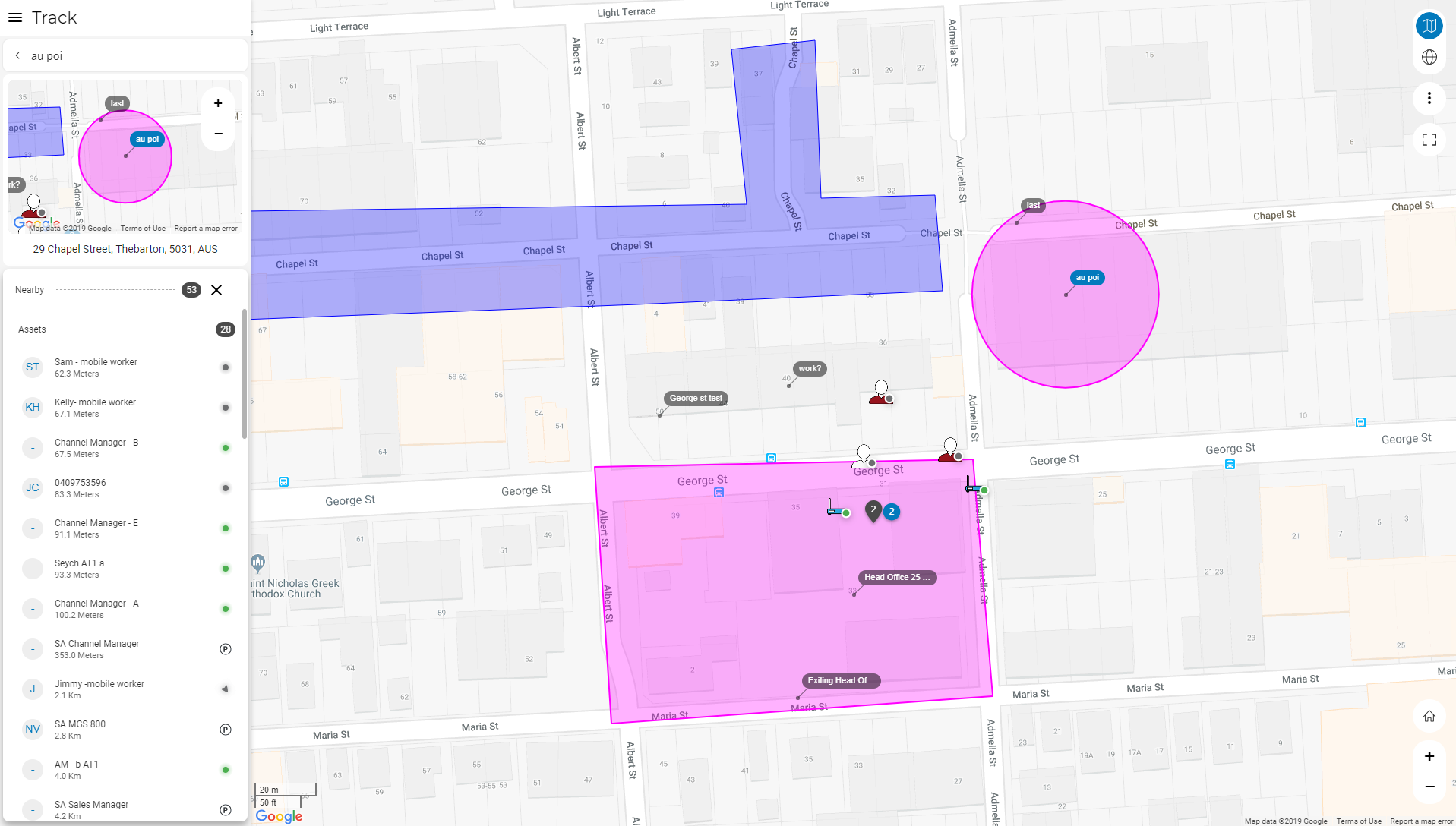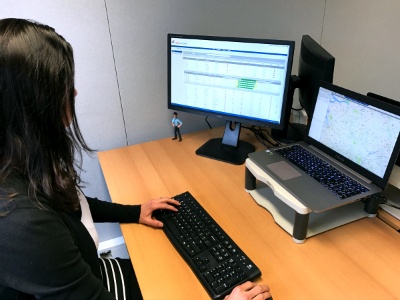Accidents do more than incur hefty repair costs. There are the downtime losses, insurance claims, and potential court fees—not to mention the damage to your reputation, both as a safe carrier, and in the eyes of the public. There’s also another cost that outweighs all of this: the human cost.
There are potential injuries or worse at risk, both to drivers and the general public. In most cases, according to the World Health Organization, these are completely preventable. From GPS fleet tracking to driver training and company culture, there’s always more that can be done.
Here’s how to improve driver safety in your business.
- Make Driver Safety a Priority
Managers should put fleet safety at the top of their priority list. It’s simply the right thing to do. Fleet managers have a duty to ensure the safety of employees as well as the public.
Driver safety encompasses several things:
- Ensuring drivers are trained properly in order to safely operate the vehicles.
- The vehicles themselves should be roadworthy, well-maintained, and ergonomically designed so the driver can work safely and comfortably.
- There’s the management of the fleet itself. It’s the manager’s responsibility to ensure ELDs are in use. It’s also the driver’s and the manager’s job to use them properly, to not exceed Hours of Service (HOS), and to not operate the vehicle while tired—a leading cause of road accidents.
- Train Your Drivers
It’s important to promote a culture of safety throughout the business.
A fleet safety training program saves your business money. It protects both your drivers and your finances against legal losses. It also minimizes the chance of drivers being involved in avoidable incidents caused by careless driving and other dangerous practices.
Motivate drivers by also offering incentives to encourage active participation.
“Management must establish driver expectations according to best practices and drivers must understand and adapt their behavior to the expected norms. This is best accomplished through active engagement by both sides, things like rewards,” said Terry Horrocks, former Manager for Fleet Risk and Safety at Element Fleet Management.
- Set Up an Accident Review Group
Not all accidents are avoidable. As a fleet manager, you need to be prepared for the worst. Set up an accident review procedure, which should include the following steps:
- Review each event and work out if your company is liable for fines or penalties, or if the responsibility falls on the other party.
- Review the accident for driver error and give feedback to the involved individuals as part of your post-incident training.
- Consider a risk-management program as a way to avoid or minimize future incidents.
- Ensure Efficient Communication
Ensure the safety program is communicated throughout the company. Set up rules on exactly how it will be circulated to drivers and managers. The safety message must be clear and periodically reiterated.
Communication should also be presented in several formats, including in-person (one-on-ones and group meetings), as well as digitally—somewhere drivers can access it easily. It’s also a good idea to give drivers hard copies to keep in their glove compartment. The more accessible you can make the information, the better.
- Keep Your Vehicles Well-Maintained
It’s estimated that approximately 85% of vehicle defects can be picked up during a walkaround check.
It’s also important to perform regularly scheduled vehicle maintenance to ensure your fleet is in optimal working condition. Mechanical failure could lead to an accident. It also leaves the business liable both in terms of litigation from the driver and in the event of a crash involving someone else.
- Use Tech to Report Events and Driver Behavior
Telematics is a good way to boost fleet safety. It helps you detect dangerous driving, as well as potentially secure insurance discounts and decrease the costs associated with injuries and downtime. Even the most experienced drivers need a little feedback. The more you provide, the more conscious and careful they’ll be.
Telematics brings a whole host of safety benefits. However, it’s important to do your research and choose fleet management software that has everything you need—from real-time updates to GPS tracking to driver inspection checklists.
If you want to find out more about how fleet management software can keep your fleet safe, reach out to our team at Fleet Complete. We can discuss your goals and how our telematics solution can help protect your drivers and business.






